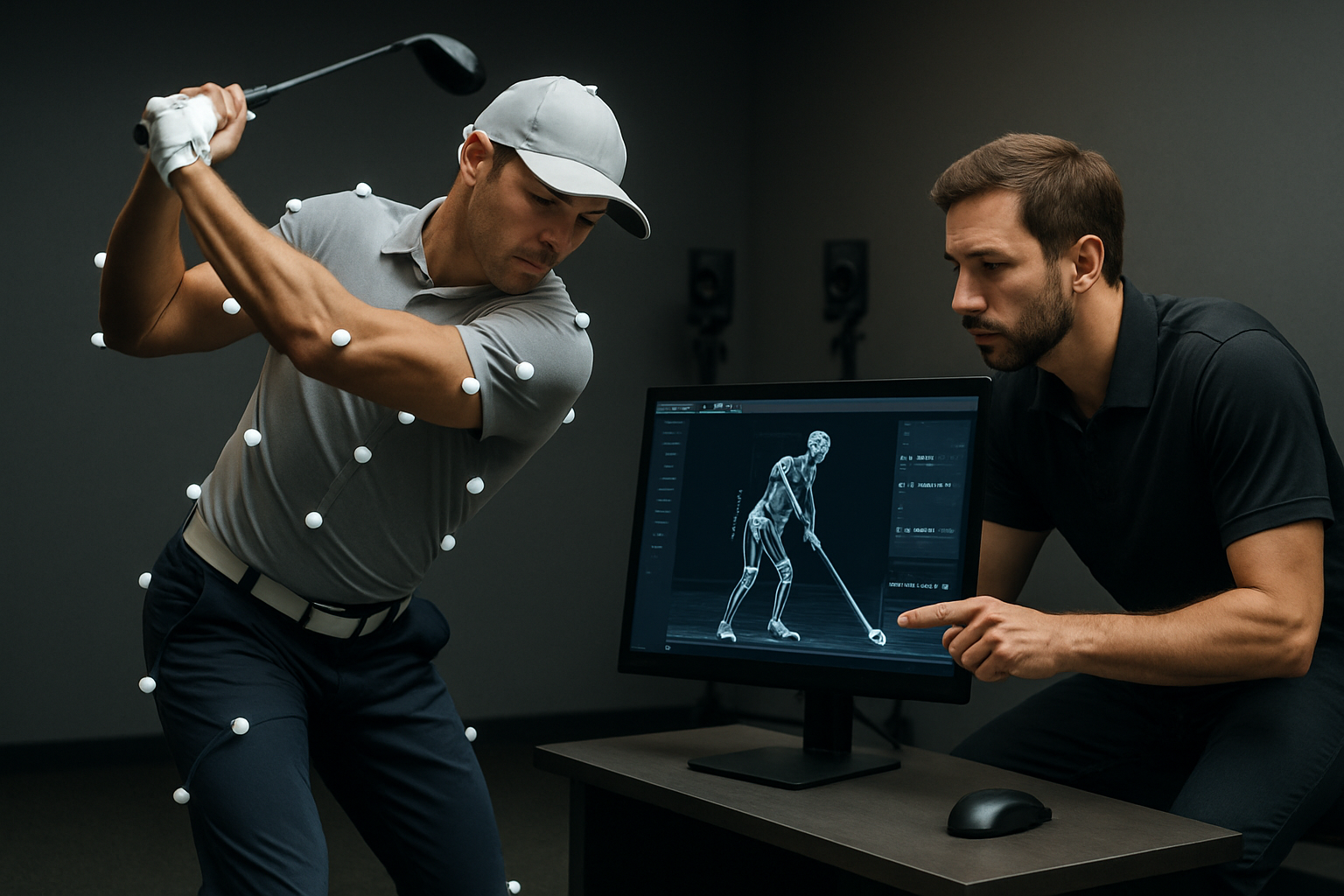Unraveling the Intricacies of Biomechanics in Golf
In the world of sports, the sheer power of biomechanics is often overlooked. A cogent understanding of this science can change how athletes and coaches view physical performance. One sport where biomechanics plays a fascinating role is golf, a game of finesse and precision where the smallest adjustments can lead to significant changes in outcomes. This article delves into the complex world of golf biomechanics, examining its historical context, current trends, and the real-world implications of this branch of sports science.

The Genesis of Biomechanics in Golf
Biomechanics is the study of the structure and function of biological systems. In the context of sports, it involves analyzing the movements of athletes to improve their performance or prevent injuries. The application of biomechanics in golf dates back to the early 20th century when golfers and coaches began to experiment with different swing techniques to optimize performance. The discipline has since evolved into a sophisticated field, employing cutting-edge technologies to study and refine golf swings with incredible precision.
Biomechanics Today: A Game Changer in Golf
Presently, the role of biomechanics in golf has expanded beyond just swing analysis. It now encompasses a broad range of applications, from optimizing golf club design to preventing common golf injuries. Advanced technologies like 3D motion capture, force plates, and launch monitors have elevated the level of detail available for biomechanical analysis, enabling golfers to fine-tune their performance like never before.
The Science of Swinging: How Biomechanics Shapes Golf Performance
At the core of golf biomechanics is the golf swing—a complex, multi-joint movement that requires precise coordination of various body segments. By understanding the biomechanics of the swing, golfers can maximize their power and accuracy while minimizing the risk of injury. For instance, research has shown that generating more torque in the hips while maintaining stability in the upper body can significantly improve driving distance.
Challenges and Opportunities in Golf Biomechanics
Despite its potential, the application of biomechanics in golf is not without challenges. The complexity of the golf swing, with its myriad variables and potential for individual variation, makes it difficult to establish a one-size-fits-all model. However, this challenge also presents an opportunity for further research and innovation. By embracing the diversity of golf swings, biomechanists can help develop personalized strategies that cater to individual golfers’ physical attributes and playing styles.
The Future of Biomechanics in Golf: A Convergence of Science and Sport
The future of golf biomechanics is exciting and promising. As technology continues to evolve and our understanding of the human body deepens, there is no doubt that the impact of biomechanics on golf will continue to grow. In essence, the convergence of science and sport is poised to redefine the very nature of golfing performance, enriching the game for both players and fans alike.
In conclusion, the field of golf biomechanics offers a unique and exciting perspective on the world of sports. By integrating science and sport, it provides a new lens through which to view and appreciate the game of golf. As we move forward, the continued exploration of golf biomechanics will undoubtedly unlock new dimensions of performance, changing the game for the better.





